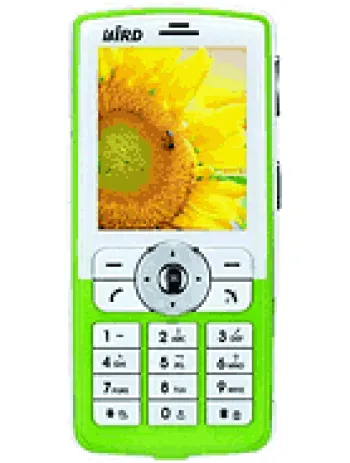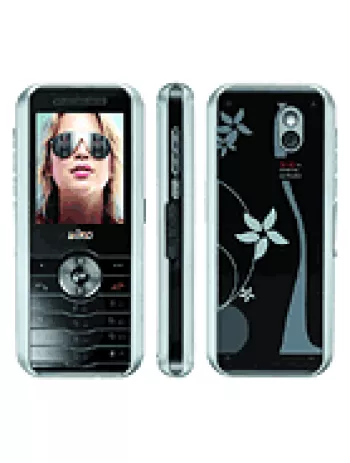
Overview of Bird S890
The Bird S890 was a feature phone announced in the third quarter of 2005. However, it never reached the market as its release was eventually cancelled. Despite being cancelled, the device had a set of interesting features for its time, which we will explore in detail below.
Network and Connectivity
Bird S890 was designed to operate on GSM networks, specifically tuned for GSM 900 and 1800 bands. This made it compatible with many cellular networks of its time. The phone supported GPRS with a speed classification of Class 10, offering basic internet connectivity options for users. However, it lacked support for EDGE, which means it could not provide the enhanced data rates offered by EDGE technology.
Physical Design
The Bird S890 was intended to feature a form factor typical of phones manufactured during that era. It was expected to use a Mini-SIM, but specific details about its dimensions and weight were not available. Nevertheless, it was assumed that it would possess a sturdy design, typical for feature phones intended to withstand daily wear and tear.
Display
The display of the Bird S890 would have been a TFT screen supporting 256K colors, offering vivid color reproduction that was quite decent for its time. The screen resolution was set to be 128 x 160 pixels, which was sufficient for displaying basic graphics, text messages, and images captured by the phone's camera.
Camera Functionality
One of the standout features of the Bird S890 was its 1.3 MP main camera. Although this might seem minimal by today’s standards, it was quite standard for feature phones back then, allowing users to capture basic images. However, the phone lacked video recording capability, meaning it could only be used for still photography.
Sound and Alerts
The Bird S890 was expected to come with a loudspeaker, making it possible for users to use the device for hands-free communication or enjoy simple audio. Alert types included vibration and downloadable polyphonic ringtones, which were a popular feature at that time. It did not include a 3.5mm headphone jack, implying that users had limited options for personal audio listening.
Communication and Other Features
Bird S890 came with a range of communication features standard in feature phones at the time. It could send SMS, MMS, and even emails, which was quite an advanced functionality then. A WAP 2.0/xHTML browser was planned for basic internet applications. The phone included support for Java, enabling users to download and enjoy Java-based applications and games. Two pre-installed games would have provided entertainment right out of the box. However, limited communication features were noted as it lacked Bluetooth and WLAN support, restricting data sharing and internet connectivity options.
Battery Life
The intended battery for Bird S890 was a removable Li-Ion 900mAh unit. A full charge promised up to 72 hours on standby and up to 3 hours of talk time. The removable nature of the battery meant users could carry and replace extra batteries, a common practice and highly appreciated feature in feature phones of this era.
Memory and Storage
The Bird S890 had no card slot, hence, no option for external memory expansion. Its storage was limited to internal capabilities, including a phonebook capacity of 300 entries and a call log for 20 dialed, received, and missed calls each. This was typical of feature phones, aimed more at basic communication needs without extensive multi-media storage demands.
Conclusion
Though the Bird S890 was ultimately cancelled, the planned features show a device designed to meet basic but essential communication needs of its era. With its GSM capability, 1.3 MP camera, intuitive design, and user-friendly interface, it could have been a reliable choice for users seeking simplicity and functionality if it had been released. It stands as a historical example of feature phone innovation during the mid-2000s.
Main Features of Bird S890
- TFT display with 256K colors
- 1.3 MP main camera
- Supports GPRS Class 10
- Infrared port available
- Messaging options: SMS, MMS, Email
- WAP 2.0/xHTML browser
- Java support for additional applications
- Removable Li-Ion battery
- 20 dialed, 20 received, and 20 missed call records
Disadvantages of Bird S890
- Cancelled status, never reached market availability
- Lacks EDGE for enhanced data connectivity
- No expandable storage (No card slot)
- Limited internal phonebook capacity (300 entries)
- Basic call record functionality (only 20 each for dialed, received, and missed calls)
- Low-resolution display (128 x 160 pixels)
- No video recording capability
- Missing selfie camera
- Lacks 3.5mm audio jack
- No wireless connectivity options: No WLAN or Bluetooth
- No positioning capabilities (e.g., no GPS)
- No built-in FM radio
- Uses proprietary USB port instead of standard USB type
- Limited battery life (up to 3 hours talk time and 72 hours standby)

View Also
More Phones
All Rights Reserved +14267 Phones © Mobilawy 2025

























